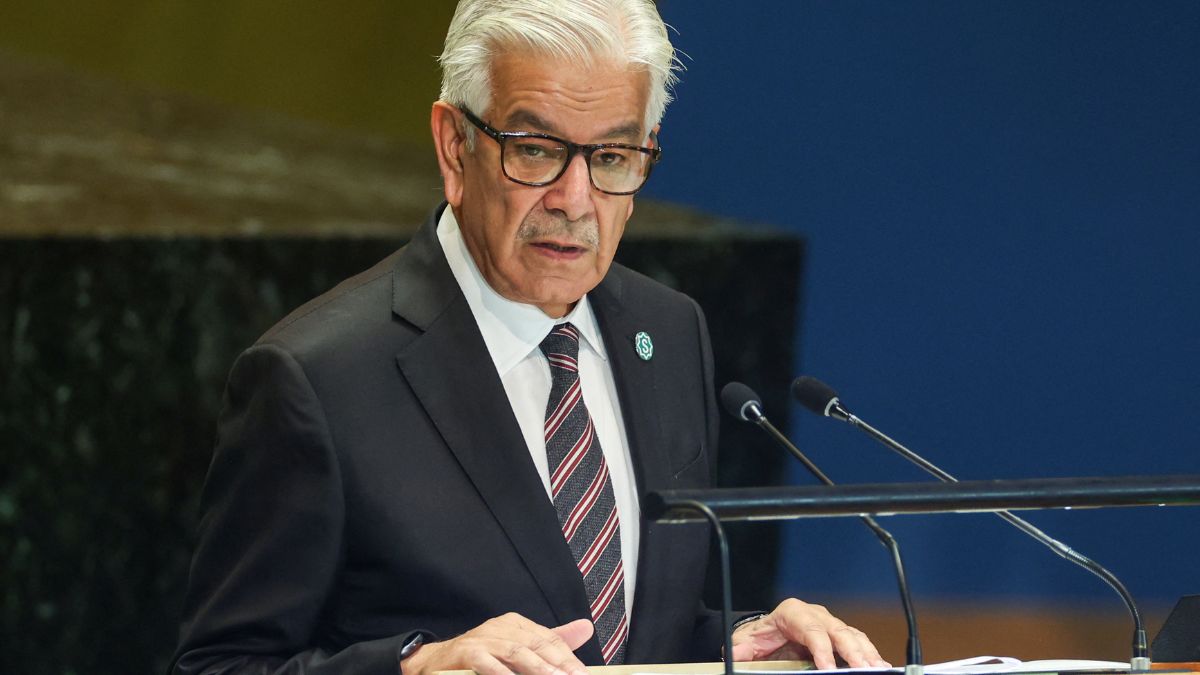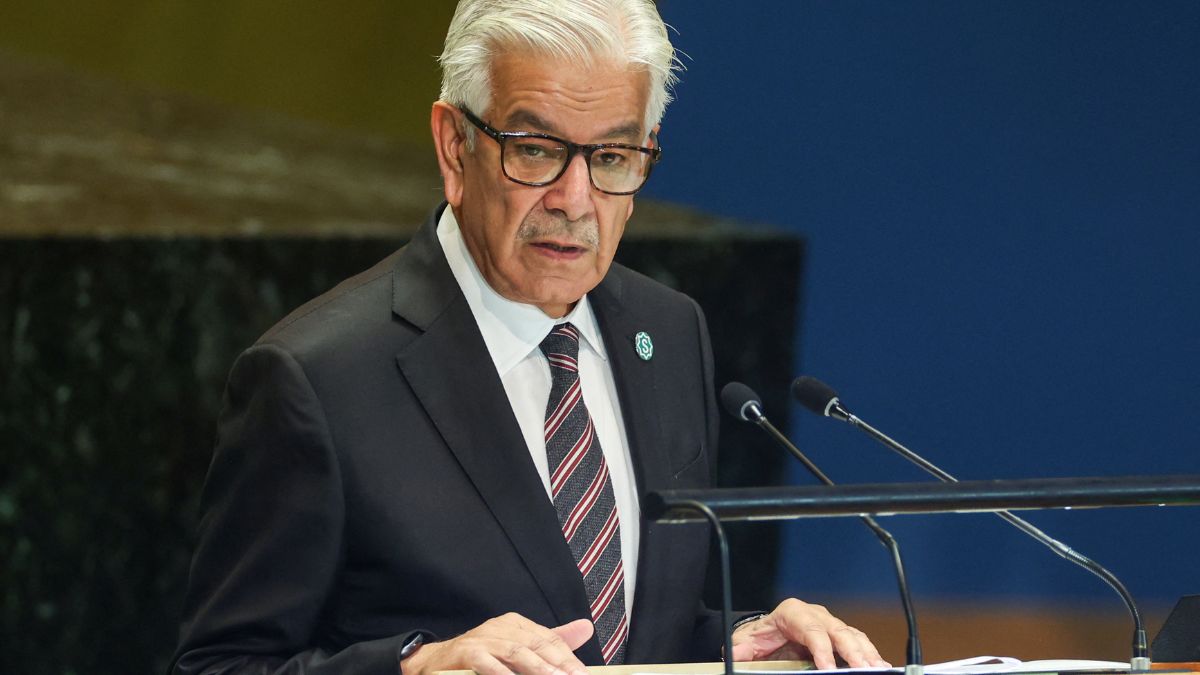In the early hours of May 7, 2025, India launched Operation Sindoor, a coordinated military strike targeting terror infrastructure deep inside Pakistan and Pakistan-occupied Kashmir (PoK).
This tri-services mission — executed by the Indian Army, Air Force, and Navy — was the most extensive cross-border precision strike conducted by India since the Balakot airstrikes in 2019.
The operation was India’s direct military response to the April 22 terror attack in Pahalgam, Jammu and Kashmir, in which 26 civilians were killed, including a serving Indian Navy officer and a Nepali national.
The attackers were reportedly linked to the Pakistan-based terror outfit Lashkar-e-Taiba (LeT).
Operation Sindoor was notable for its use of advanced long-range precision munitions, including the SCALP air-launched cruise missile, HAMMER guided bombs and loitering munitions.
The operation was reportedly launched after high-level security consultations and was monitored in real time by top military and political leadership.
India and Pakistan have fought four full-fledged wars and numerous skirmishes, standoffs and proxy confrontations since 1947.
In response to direct military threats and cross-border terrorism, India has launched a series of military operations over the decades, the most recent among them — Operation Sindoor — highlights India’s evolving doctrine of precision and strategic restraint.
We take a look at a few of the major Indian military operations conducted against Pakistan since independence:
Indo-Pak War of 1947–48 (First Kashmir War)
Operation Gulmarg (1947–48) — by Pakistan
India’s first military response to Pakistani aggression came shortly after independence when tribal militias and Pakistani regulars infiltrated Jammu and Kashmir in October 1947.
Codenamed Operation Gulmarg by Pakistan, this incursion prompted India to launch a military airlift of troops to Srinagar on October 27, 1947.
The ensuing conflict lasted until 1948 and ended with a UN-brokered ceasefire in January 1949. India retained about two-thirds of Jammu and Kashmir, Pakistan occupied the rest (now PoK).
Indo-Pak War of 1965
Operation Riddle (1965)
Operation Riddle was the Indian Navy’s codename for its operations during the Indo-Pak War of 1965.
Tasked primarily with the defence of India’s western coast, the operation involved naval deployments to deter Pakistani aggression. Although no major offensive was launched, this operation led to a strategic reassessment, resulting in a more assertive naval doctrine in subsequent years.
Operation Blaze (1965)
Conducted in August 1965, just prior to the full-scale war, Operation Blaze was a limited strike by Indian forces in the Kargil sector in response to Pakistani artillery shelling.
Indian troops successfully engaged and silenced Pakistani forward posts, establishing tactical dominance in parts of Ladakh. This action served as a prelude to the broader conflict that followed.
Pakistani codenames during Indo-Pak War of 1965
Operation Gibraltar: Infiltration by Pakistani soldiers disguised as locals to incite rebellion in Kashmir.
Operation Grand Slam: An attempt to capture the Akhnoor region to cut off Jammu.
The outcome was a stalemate with high casualties on both sides. It ended with the Tashkent Agreement (1966) mediated by the Soviet Union.
Indo-Pak War of 1971
Operation Cactus Lily (1971)
During the Indo-Pak war of 1971, which led to the creation of Bangladesh, the Indian Army launched Operation Cactus Lily on the western front. It complemented Operation Trident and Operation Python, which were major naval offensives. India successfully contained Pakistani advances in the west.
Operation Trident (1971)
Launched on December 4, 1971, Operation Trident was a surprise naval attack on the Karachi port by the Indian Navy. It marked the first time anti-ship missiles were used in combat in the region. Pakistani fuel reserves and naval assets were heavily damaged. December 4 is now Navy Day.
Operation Python (1971)
A follow-up to Operation Trident, Operation Python was executed on December 8, 1971, targeting remaining Pakistani naval facilities in Karachi. The operation further crippled Pakistan’s maritime logistics and is remembered for its precision.
The outcome of the war led to the creation of Bangladesh. Pakistan suffered a humiliating defeat, with over 90,000 troops surrendering.
Operation Meghdoot (1984)
Although not directly a strike on Pakistan, Operation Meghdoot involved the Indian Army’s preemptive occupation of the Siachen Glacier in April 1984, before Pakistan could assert control.
It remains the world’s highest battlefield and a strategic stronghold. India gained control of Siachen, which it continues to hold.
Kargil War (1999)
Operation Vijay
Following the Pakistani Army’s incursion into Indian territory in Kargil, Ladakh, India launched Operation Vijay in May 1999.
The Indian Army, with significant air support (under Operation Safed Sagar), successfully evicted infiltrators. It remains one of the most intense high-altitude warfare operations.
India recaptured key peaks and ridges. Over 500 Indian soldiers and an estimated 400-3,000 Pakistani soldiers reportedly died.
It was the first televised war in India and it also helped elevated the profile of the Indian armed forces.
Under Operation Safed Sagar, IAF’s codename for air operations during Kargil conflict. It deployed Mirage-2000 jets to precision bomb enemy posts.
Operation Parakram (2001–2002)
Following the 2001 Indian Parliament attack, India launched Operation Parakram, a massive mobilisation of troops along the Pakistan border.
Although it stopped short of full-scale war, the 10-month-long standoff was one of the largest deployments since 1971.
Surgical strikes (2016) – Operation X
In response to the Uri terror attack where 19 Indian soldiers were killed, India conducted surgical strikes across the Line of Control on September 29, 2016, targeting launch pads used by Pakistan-based terrorists.
While unofficially referred to as Operation X by media, the operation showcased India’s new doctrine of cross-border, targeted retaliation.
Paratroopers from the Indian Armed Forces crossed the LoC and struck targets within PoK.
Balakot Air Strikes (2019) – Operation Bandar
After the Pulwama terror attack, India carried out an airstrike deep inside Pakistan in Balakot on February 26, 2019.
Codenamed Operation Bandar, it marked the first airstrike across the international border since 1971 and was aimed at a Jaish-e-Mohammed training facility.
It was a response to Pulwama suicide bombing that killed 40 CRPF personnel. The objective was airstrikes on Jaish-e-Mohammed training camps in Balakot, Khyber Pakhtunkhwa.
Mirage 2000 aircraft dropped precision-guided munitions on the targets. The strike marked India’s first air incursion into Pakistani territory since 1971.
Pakistan responded with an aerial skirmish on February 27, leading to IAF pilot Abhinandan Varthaman’s capture and return.
India’s military operations against Pakistan reflect a transition from conventional wars to precision-strike and hybrid doctrines.
From large-scale wars in 1947, 1965 and 1971, to targeted strikes like Operation Bandar and Operation Sindoor, the trajectory shows how India’s counter-terrorism and deterrence strategies are evolving.
With Operation Sindoor, India has reaffirmed its ability to conduct tri-service precision operations while managing escalation.
With inputs from agencies


)
)
)
)
)
)
)
)
)